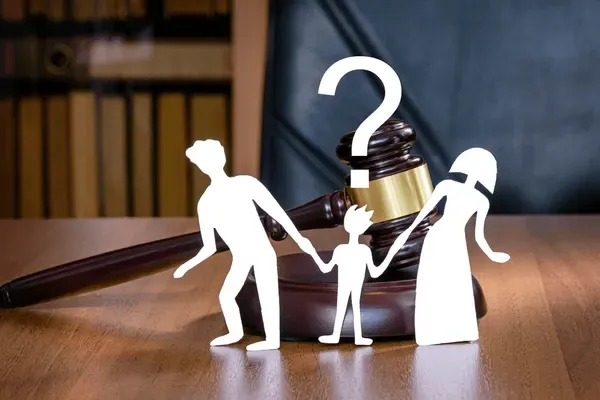Mothers’ Rights in Custody Cases: What to Know When You’re Separating
How Divorce can Affect Your Rights as a Mother

Separating from your spouse is always difficult, but it’s even more challenging when children are involved. In such a situation, the court and parents need to consider who the children should live with, as well as how to still keep the other parent in the picture. Whatever the circumstances of the divorce, that’s never an easy task.
There’s also plenty of misinformation about child custody going around. For instance, many still believe that the mother is always awarded custody rights, while fathers are completely overlooked. That might have been the case in the past, but nowadays, shared custody is becoming much more common. In fact, that’s the one you’re most likely to get unless there is a really good reason not to.
Types of Custody
Two custody types you should be aware of are physical and legal. If you have legal custody, that means you can make major decisions for your child, as long as they are underage and unable to choose for themselves. To be more specific, the parent with legal custody could decide about the child’s education, medical and mental care, and extracurricular activities.
Even after separation, many parents choose to share legal custody of the children. In such a case, one parent alone can’t make major decisions for the minor — both the father and the mother need to agree before going forward. If that’s impossible, the court makes a ruling instead, putting the child’s best interest first.
On the contrary, physical custody refers to which parent the child lives with and how much time the non-custodial parent gets with the child. While it’s true that mothers were largely favored in the past, courts are definitely changing their habits nowadays. They are striving towards a more joint 50/50 custody schedule. That may not always be possible, but they do try to ensure both the mother and the father get as much time with the children as they can.
And there’s a good reason for that, too. Studies have shown children benefit the most when both parents are equally involved in their lives. Their school grades are better, and they become more confident and socially competent. Thus, it’s crucial for the child to still receive love and support from both sides, even if the former spouses no longer share the same address.
How Custody Schedules Are Determined
Whenever possible, courts ask parents to propose and agree on the custody schedule. That’s always the best option, as it implies that they will probably respect it — after all, they’ve chosen it themselves. But unfortunately, some parents have a hard time agreeing during the separation process, so the judge has to step in and decide instead.
As we’ve said, courts always attempt to grant both parents equal time with their children. Of course, that’s easier if the mother and the father live in the same district or neighborhood, so the children don’t have to travel long and change their surroundings too often. Most evenly split schedules give a week with the children to one parent and the following week to another. The other option is an alternating 2-2-3 schedule, which has become quite popular recently.
Even if a 50/50 custody schedule doesn’t work, there are still ways for parents to spend more quality time with their children. Driving them to and picking them up from school is an excellent opportunity to catch up every day. Also, the non-custodial parent could invite their children over for dinner a few nights a week.
Tools for Planning Your Time With Your Children
If you’re a non-custodial parent, you may find it more difficult to plan quality time with your children. After all, they have their own agendas and activities that you may be less aware of since you don’t live with them. Still, that’s a fairly minor obstacle that’s easy to overcome — especially nowadays with all the available technology.
Of course, the best way to plan time with your children is to talk to them and your former spouse. But there are also family time apps that allow users to upload their schedules to a calendar so the other family members can see them. That way, you’ll stay in the loop, and organizing a hangout with your child shouldn’t be an issue.
If you live further away from your children and can’t see them quite as often, video calls can be a great method of keeping in touch. They can’t entirely replace face-to-face communication, but they have greatly risen in popularity over the last few years, so trying them out might not be a bad idea.
Final Thoughts
Instead of automatically giving the mother full custody, courts are now trying to involve both parents in their children’s lives as equally as possible. And parents should strive towards that too. After all, that’s in your child’s best interest, and there should be nothing more important than that.











